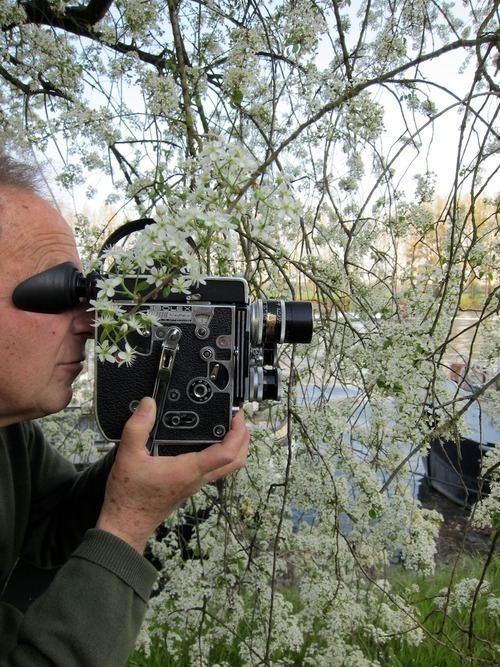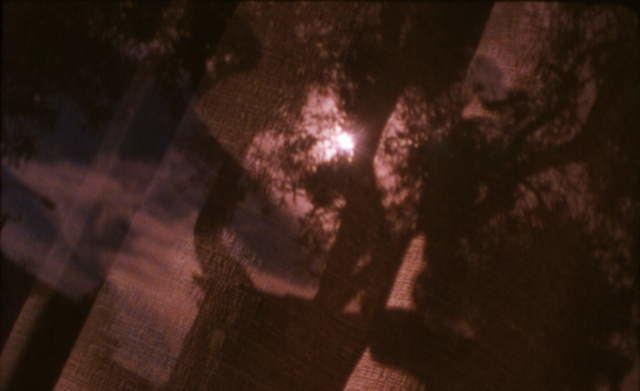Name Nathaniel Dorsky Role Filmmaker | Books Devotional cinema | |
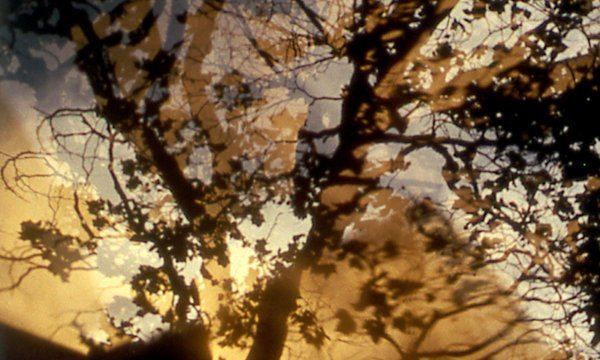 | ||
Movies Hours for Jerome, Song and Solitude, August and After Similar People Jon Jost, Kelly Duane de la Vega, Jack Kerouac | ||
Critics talk 1 nathaniel dorsky
Nathaniel Dorsky, born in New York City in 1943, is an experimental filmmaker and film editor who has been making films since 1963. He has resided in San Francisco since 1971.
Contents
- Critics talk 1 nathaniel dorsky
- Nathaniel dorsky interview part one
- Life and career
- Style
- Filmography
- References
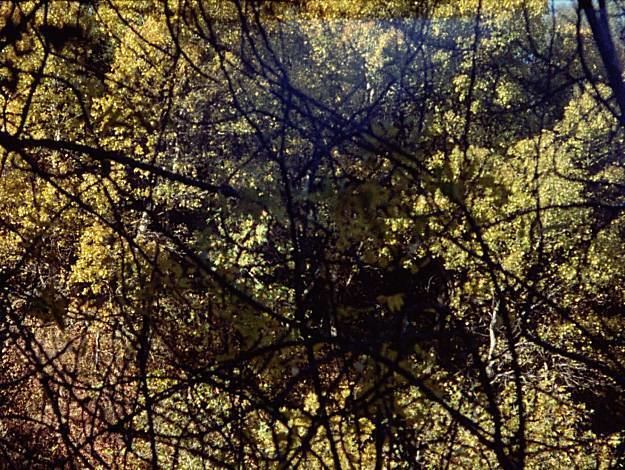
Nathaniel dorsky interview part one
Life and career

Dorsky was a visiting instructor at Princeton University in 2008 and he has been the recipient of many awards including a Guggenheim Fellowship 1997 and grants from the National Endowment of the Arts, two from the Rockefeller Foundation, and one from the LEF Foundation, the Foundation for Contemporary Arts, and the California Arts Council. He has presented films at the Museum of Modern Art, the Centre Pompidou, the Tate Modern, the Filmoteca Española, Madrid, the Prague Film Archive, the Vienna Film Museum, the Pacific Film Archive, the Harvard Film Archive, Princeton University, Yale University, and frequently exhibits new work at the New York Film Festival's Views from the Avant-Garde and the Wavelengths program of the Toronto International Film Festival. In spring 2012 Dorsky took actively part in the three-month exposition of Whitney Biennial. And in October 2015, the New York Film Festival honored his work with a thirty four film complete retrospective at Lincoln Center. Manohla Dargis of the New York Times listed this retrospective in second place in her list of the top ten films of 2015.
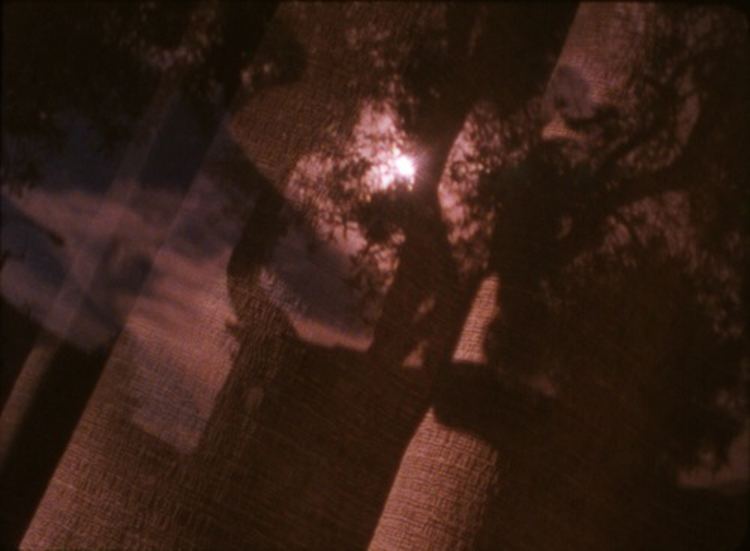
In his book Devotional Cinema (2003), Dorsky writes of the long-standing link between art and health as well as the transformative potential of watching film. He also writes of the limitations of film when its vision is subservient to a theme or representative of language description, which can describe a world but does not actually see it.
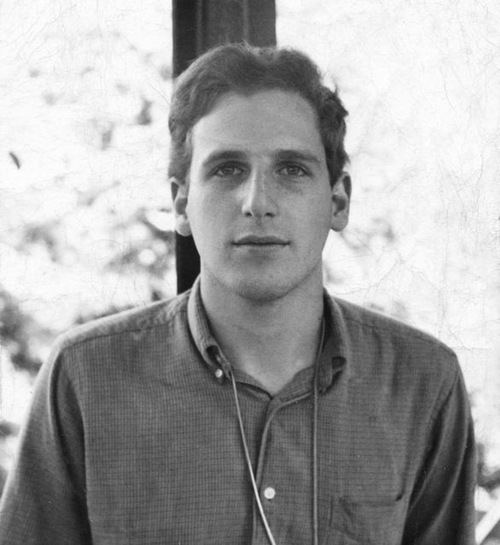
Dorsky's films are available only as 16mm film prints and are distributed by Canyon Cinema in San Francisco and Light Cone in Paris. Prints of stills from his films are available at the Gallery Paule Anglim, San Francisco, and the Peter Blum Gallery, New York City.
Style
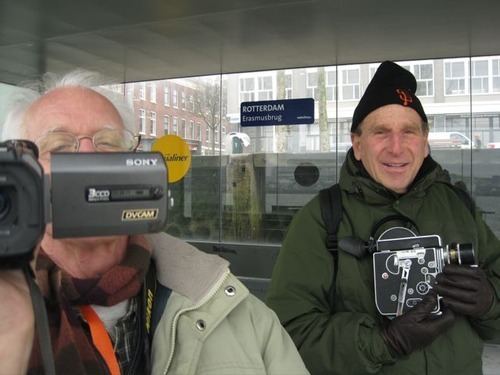
"The major part of my work is both silent and paced to be projected at silent speed (18 frames per second). Silence in cinema is undoubtedly an acquired taste, but the delicacy and intimacy it reveals has many rich rewards. In film, there are two ways of including human beings. One is depicting them. Another is to create a film form which, in itself, has all the qualities of being human: tenderness, observation, fear, curiosity, the sense of stepping into the world, sudden murky disruptions and undercurrents, expansion, pulling back, contraction, relaxation, sublime revelation. In my work, the screen is transformed into a "speaking character", and the images function as pure energy rather than acting as secondary symbol or as a source for information or storytelling. I put shots together to create a revelation of wisdom through delicate surprise. The montage does not lead to verbal understanding, but is actual and present. The narrative is that which takes place between the viewer and the screen. Silence allows these delicate articulations of vision which are simultaneously poetic and sculptural to be fully experienced." - Nathaniel Dorsky
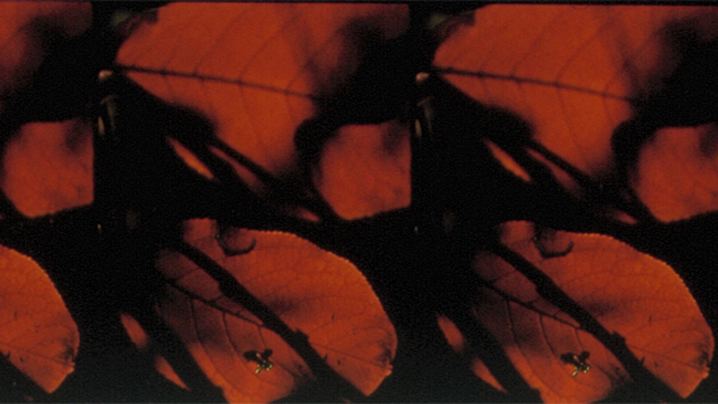
“The films of Nathaniel Dorsky blend a beauteous celebration of the sensual world with a deep sense of introspection and solitude. They are occasions for reflection and meditation, on light, landscape, time and the motions of consciousness. Their luminous photography emphasizes the elemental frisson between solidity and luminosity, between spirit and matter, while his uniquely developed montage permits a fluid and flowing experience of time. Dorsky's films reveal the mystery behind everyday existence, providing intimations of eternity." - Steve Polta, San Francisco Cinematheque.
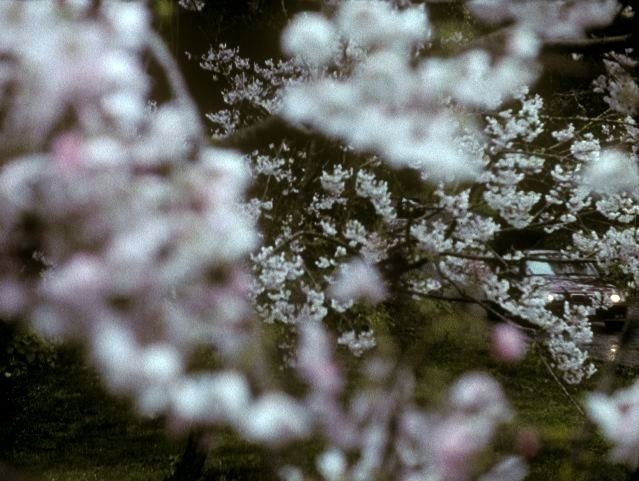
According to critic and historian Richard Suchenski, in Dorsky's films objects are “decontextualized and sometimes unmoored from their surroundings, allowing connections to develop which resonate not only between shots but also across the films as a whole, encouraging more active forms of awareness.”
Filmography
